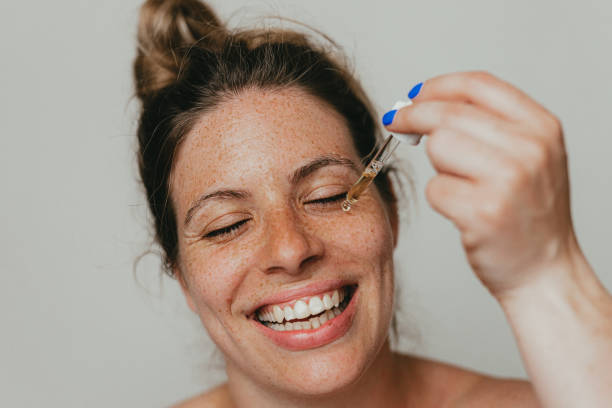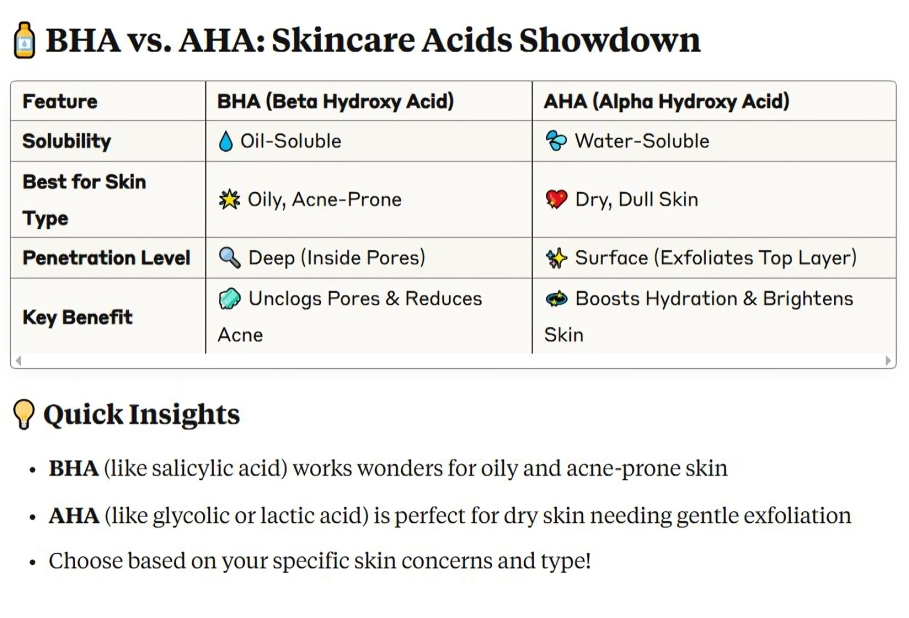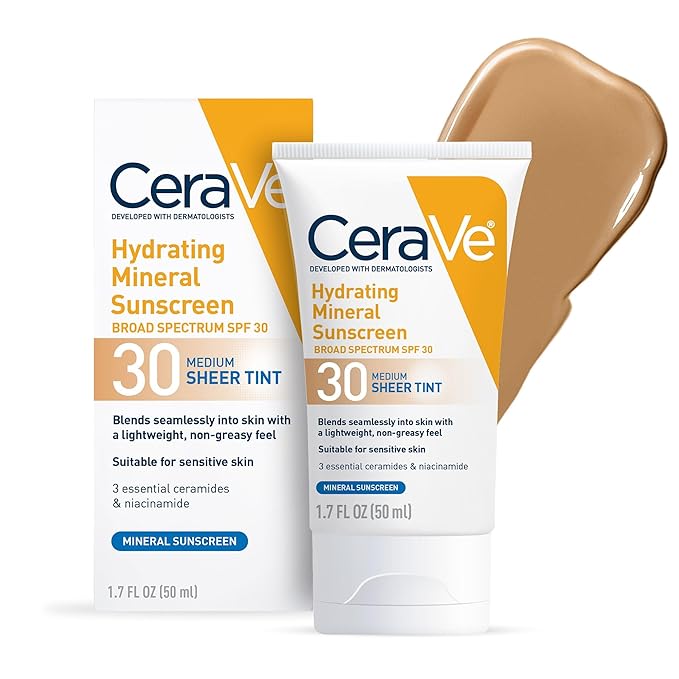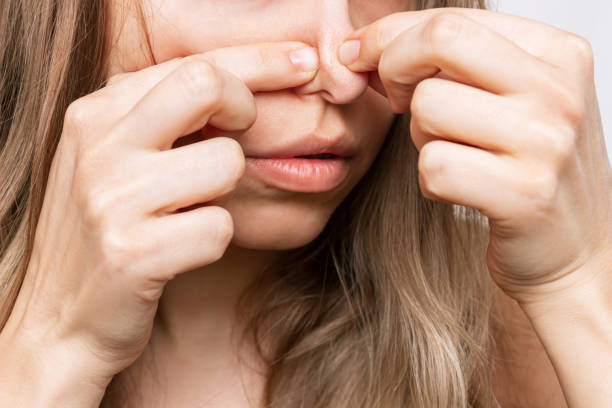BHA for acne is one of the most effective solutions for clearing clogged pores, blackheads, and inflamed breakouts. If you’re struggling with stubborn acne, you’re not alone — it affects people of all ages.
In this 2025 guide, we’ll explain what BHA is, how it treats acne by clearing out clogged pores, the best ways to use it, and tips to avoid irritation.

What is BHA, and How Does It Work for Acne?

Beta Hydroxy Acid (BHA) is a type of chemical exfoliant that’s oil-soluble, meaning it can travel deep into your pores and dissolve the oil and dead skin cells that cause breakouts.
The most popular BHA in skincare is salicylic acid, a powerful exfoliator derived from willow bark. It works differently from AHAs (Alpha Hydroxy Acids), which only exfoliate the skin’s surface.
How BHA Works Inside Pores:
Soothes inflammation and calms redness
Penetrates deep into oily pores
Breaks apart the ‘glue’ holding dead skin cells together
Unclogs pores to prevent blackheads and whiteheads
Related: AHA vs BHA: Which One Is Best for Your Skin?
Top Benefits of Using BHA for Acne-Prone Skin
- Unclogs Pores: Removes dead skin, oil, and debris that trigger acne.
- Calms Redness & Inflammation: Salicylic acid soothes irritated, inflamed skin.
- Smooths Skin Texture: BHA reduces fine lines and wrinkles and reveals clearer, softer, and more refined skin.
- Fades Hyperpigmentation: Lightens post-acne marks, sun spots, and uneven tone.
- Controls Oil Production: Keeps excess sebum in check, reducing shine and breakouts.
Scientific Studies:
- A 2023 random trial in the Journal of Cosmetic Dermatology found that 2% salicylic acid reduced acne lesions and improved skin texture in just 8 weeks.
- Another 2024 study demonstrated that BHA is effective not only in treating acne but also has anti-inflammatory properties to address redness or irritation.
- A 2025 study by the Journal of Cosmetic Dermatology showed that using 30% supramolecular salicylic acid (SSA) helped calm redness, clear bumps, and keep skin hydrated in people with rosacea — and it didn’t bother or irritate their skin. It’s a gentle and helpful treatment option.
Related: Acne Treatments: Causes & Dermatologist Tips for Clearer Skin
BHA vs. AHA: Which One Is Better for Acne?

How to Use BHA for Maximum Results (Without Irritation)
Start Slow: Start with BHA 2-3 times a week before doing daily use.
Use After Cleansing: BHA is best on dry skin before any moisturizers.
Use SPF: Because of the increase in sun sensitivity, always use sunscreen during the day.
Do Not Mix with Strong Actives: Do not mix BHA with retinol or benzoyl peroxide to reduce irritation.
Natural Sources of BHA for Acne Care
Although many skincare products use synthetic salicylic acid, you can find BHA in natural sources like the following:
Willow Bark Extract – Naturally contains salicin, a precursor to salicylic acid.
Wintergreen Leaf Extract – Primarily consists of methyl salicylate, a natural source of BHA.
Sweet Birch Bark – Another natural source of salicylates that help exfoliate the skin.
Related: Top 5 Natural Alternatives to Beta Hydroxy Acid for Clear Skin
Side Effects of BHA
While BHA is generally safe for most skin types, potential side effects include:
Dryness & Peeling – More prevalent at higher concentrations; always use a moisturizer.
Increased Sun Sensitivity – Use sunscreen every day.
Irritation & Redness – Sometimes, if combined with other strong actives like retinol.
Allergic Reactions – Very rare; it’s always a good idea to patch test first.
Concentration Guide for All Skin Types
| Skin Type | Recommended BHA Concentration |
| Sensitive Skin | 0.5% – 1% |
| Dry Skin | 1% – 1.5% |
| Oily/Acne-Prone | 2% |
| Severe Acne | 2% (under dermatologist advice) |
Final Thoughts: Should You Add BHA to Your Skincare Routine?
If you’re dealing with clogged pores, oily skin, or persistent acne, BHA is one of the most effective and dermatologist-approved treatments you can add to your routine.
By deeply exfoliating within the pores, reducing inflammation, and preventing future breakouts, it’s a versatile powerhouse ingredient that belongs in any clear skin routine.
Best Tinted Mineral Sunscreens for Acne-Prone & Sensitive Skin (UK & USA)
If you have acne-prone or sensitive skin, finding a sunscreen that protects without causing breakouts…
AI Personalized Skincare: Future Routines for UK & USA
Have you ever felt lost in the endless aisles of skincare products, wondering which one…
How to Get Rid of Blackheads Fast at Home
Blackheads can be disappointing, especially when cleaning your skin quickly before a big day or…
How to Get Rid of Blackheads: 7 Proven Steps for Clear, Healthy Skin
Blackheads – Tiny dark spots caused by clogged pores – are a universal skincare concern. “Blackhead removal,” “How…
Glass Skin Routine for Dry Skin UK | Hydrated, Radiant Skin
Achieving glass skin for dry skin in the UK can feel impossible with the cold,…
Summer Skincare Guide: Prevent Sun Damage & Breakouts
As the days grow longer and the sun shines brighter across the UK and the…
Discover more from The Healthcare Diary
Subscribe to get the latest posts sent to your email.






Pingback: Daily Skincare Routine: The Ultimate Guide for Glowing Skin - The Healthcare Diary
Pingback: AHA vs BHA: Which One Is Best for Your Skin? - The Healthcare Diary
Pingback: Strawberry Legs Treatment: Causes, Prevention & Solutions - The Healthcare Diary